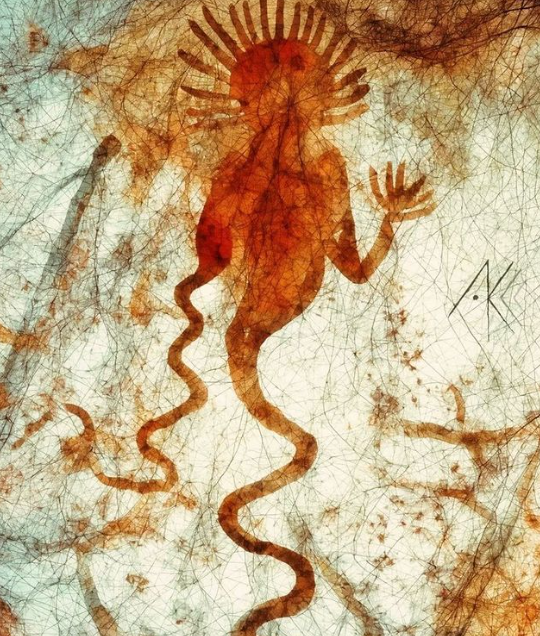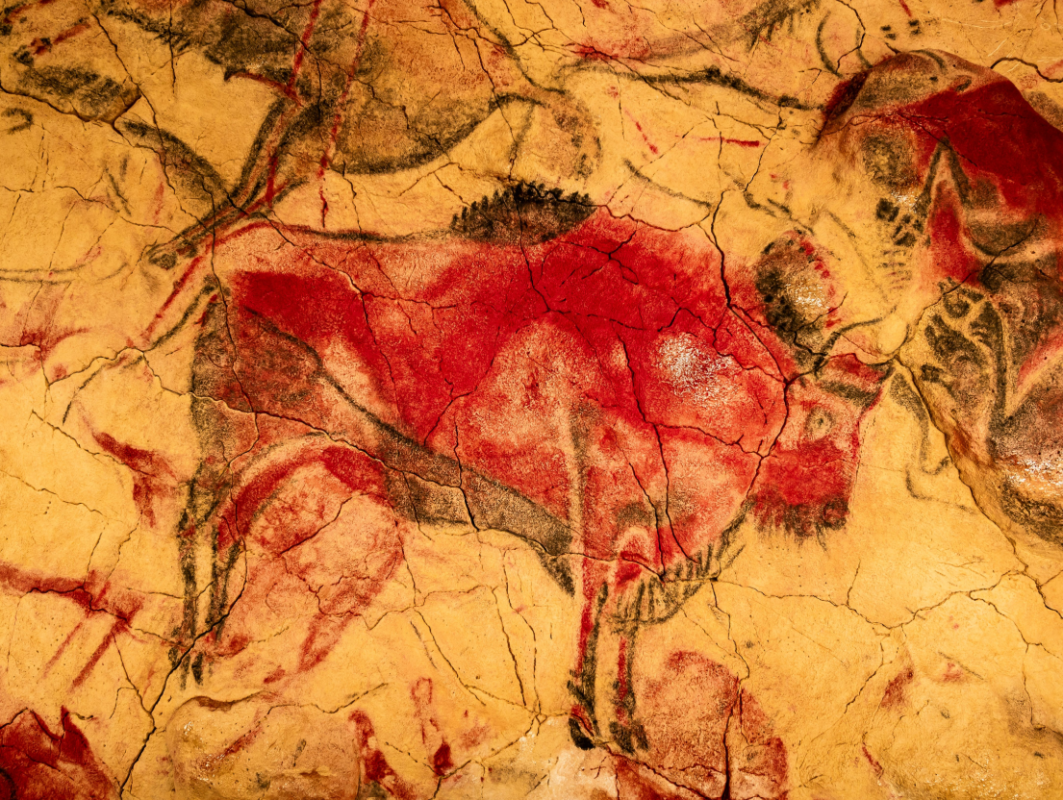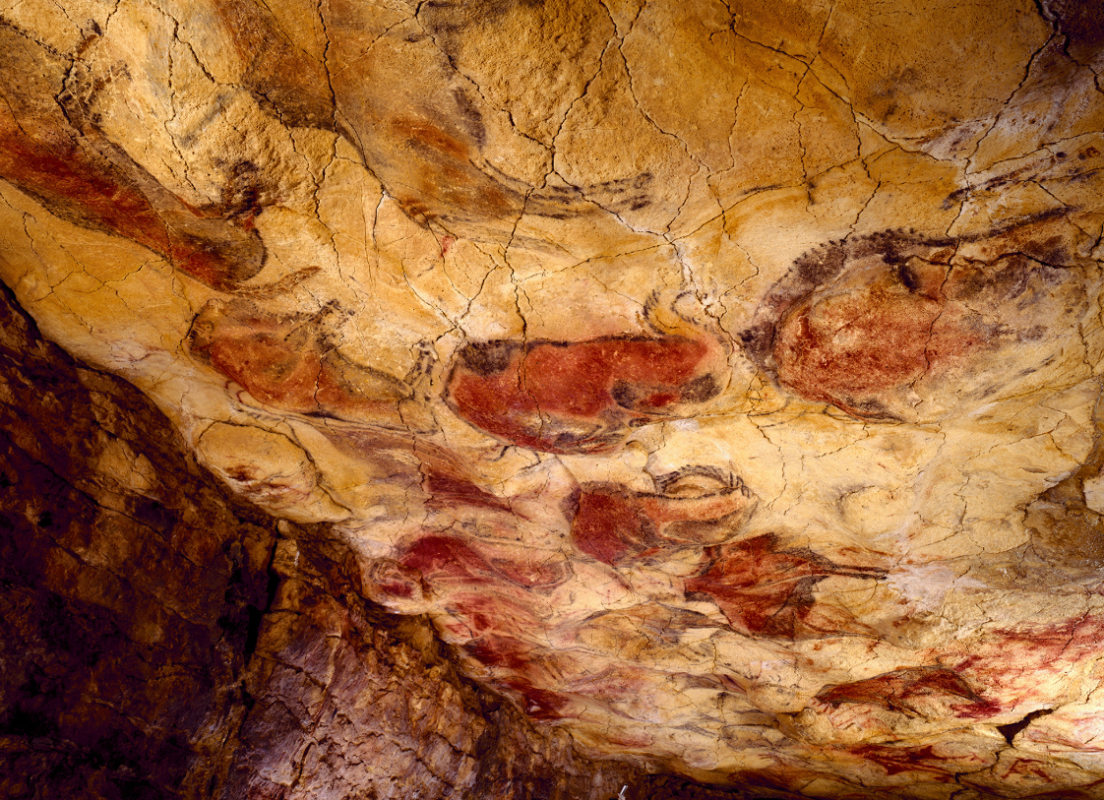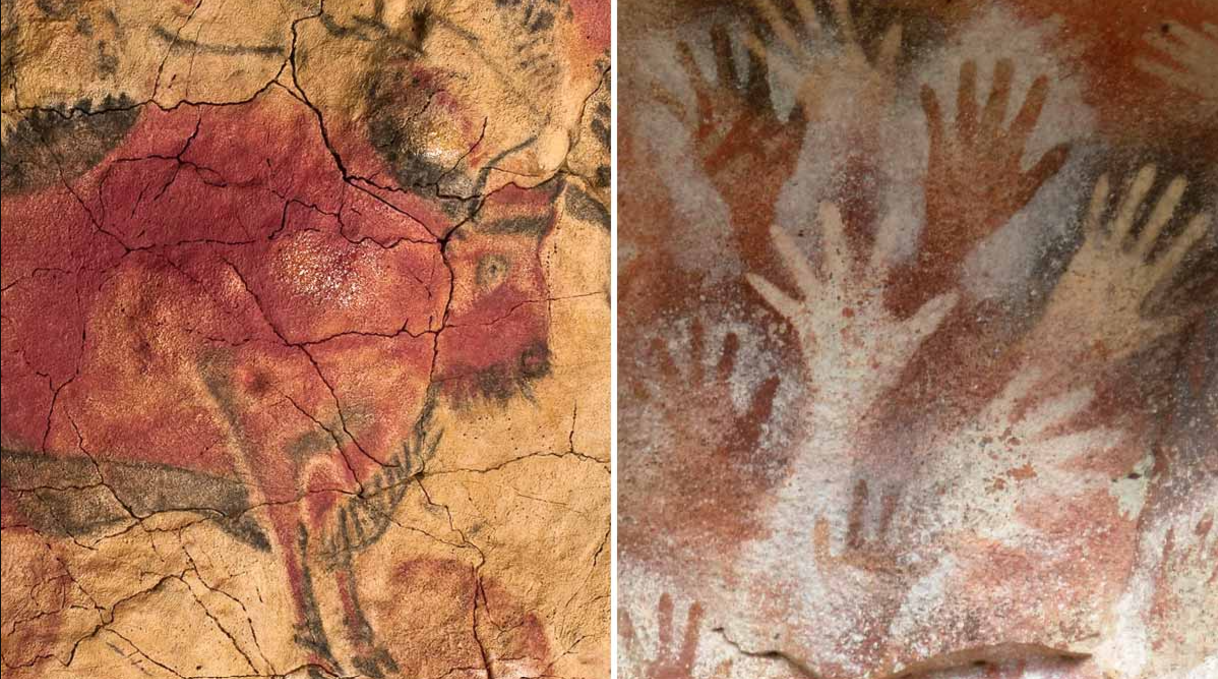Nestled in the lush landscapes of Cantabria, Spain, the Altamira Cave houses some of the most extraordinary prehistoric rock art ever discovered. Dating back approximately 36,000 to 14,000 years, these paintings are attributed to the Magdalenian culture and provide invaluable insights into the lives of early humans. Designated as a UNESCO World Heritage Site, Altamira Cave is a treasure trove of artistic and historical significance. Explore this mysterious cave filled with ancient art and archeology. dulichvn.net
The History of Altamira Cave
The journey of Altamira from obscurity to global recognition is as fascinating as the art itself.

1. The Discovery of a Prehistoric Gem
The cave was discovered in 1868 by a local hunter named Modesto Cubillas. However, its significance remained largely unnoticed until 1879, when archaeologist Marcelino Sanz de Sautuola and his daughter María brought the stunning paintings to public attention.
2. Initial Skepticism
Despite its importance, the discovery faced skepticism from the scientific community. Many doubted the authenticity of the paintings, believing that such advanced artwork could not have been created by prehistoric humans. It wasn’t until the early 20th century that the art was fully recognized as genuine.
See more: Discovering the Ancient Bronze Gilt Laureate Helmet: A Masterpiece of 500-400 BC
3. Recognition as a UNESCO World Heritage Site
In 1985, Altamira Cave was designated a UNESCO World Heritage Site, solidifying its status as a global cultural landmark. This recognition underscored the cave’s importance in understanding the evolution of human creativity and expression.
The Artistic Wonders of Altamira Cave
The rock art in Altamira Cave is renowned for its intricate detail and vivid depiction of prehistoric life.

1. The Techniques Used
The artists employed a combination of natural pigments, including red ochre and charcoal, to create striking images. They utilized the cave’s contours to give their paintings a three-dimensional effect, showcasing remarkable ingenuity.
2. Iconic Imagery
The cave features depictions of bison, deer, wild boars, and horses. The most famous section, known as the “Great Hall of the Polychromes,” is adorned with colorful bison that appear to be in motion—a testament to the artists’ observational skills and artistic prowess.
3. Cultural and Spiritual Significance
Scholars believe the paintings may have held ceremonial or symbolic importance for the Magdalenian people. The precise purpose of the art remains a topic of debate, but it is widely regarded as a reflection of their deep connection with nature and their environment.
See more: Discover the Ancient Marble Thrones Amphiareion of Oropos, Greece
The Magdalenian Culture Behind the Art
The Magdalenian culture, responsible for the Altamira paintings, thrived during the Upper Paleolithic period.

1. A Sophisticated Society
The Magdalenians were hunters-gatherers known for their advanced tools, weaponry, and artistic expressions. They used bone, antler, and flint to create intricately carved objects and efficient hunting equipment.
2. Artistic Achievements
Beyond cave paintings, the Magdalenian people produced portable art, such as engraved stones and decorated bone tools. Their artistic legacy is one of the most sophisticated of the Paleolithic era.
3. Adaptation to the Environment
Living in a challenging Ice Age climate, the Magdalenians displayed exceptional adaptability. Their art often reflects their reliance on the fauna of their environment, which provided sustenance, materials, and inspiration.
Visiting Altamira Cave Today
Altamira Cave is a site of immense cultural and historical significance, drawing visitors from around the world.

1. Restrictions for Preservation
Due to concerns about preserving the fragile artwork, the original cave is closed to the general public. However, a replica, the “Neocave,” has been created to offer visitors an authentic experience of Altamira’s artistic wonders.
2. The Altamira Museum
Adjacent to the cave, the Altamira Museum provides an in-depth look at the site’s history and significance. Visitors can explore exhibits featuring artifacts, interactive displays, and detailed replicas of the cave’s paintings.
3. Immersive Experiences
Through modern technology, the museum allows visitors to engage with the art and culture of the Magdalenian people, fostering a deeper appreciation for their achievements and way of life.
Preservation and Challenges
Protecting Altamira Cave and its artwork is a delicate and ongoing process.

1. Environmental Threats
Humidity, temperature fluctuations, and human activity pose significant risks to the preservation of the paintings. Strict measures are in place to monitor and mitigate these factors.
2. Research and Conservation
Ongoing research aims to uncover more about the Magdalenian culture and develop innovative methods for preserving the art. Collaboration among archaeologists, conservationists, and historians is crucial in these efforts.
3. Raising Awareness
Educational initiatives and global recognition through UNESCO help raise awareness about the importance of preserving this invaluable cultural heritage for future generations.
Conclusion
The prehistoric rock art of Altamira Cave in Cantabria, Spain, is a testament to the ingenuity and creativity of early humans. Dating back tens of thousands of years, these paintings offer a window into the lives and beliefs of the Magdalenian culture.

CÁC TIN KHÁC
Mark Twain & Olivia Langdon: A 36-Year Love Story Filled with Laughter and Devotion
The Tollund Man: A 2,400-Year-Old Mystery Preserved in a Danish Bog
Skara Brae: Scotland’s Hidden Neolithic Village
Porta Nigra: The Hidden Depths of Trier’s Iconic Roman Gate